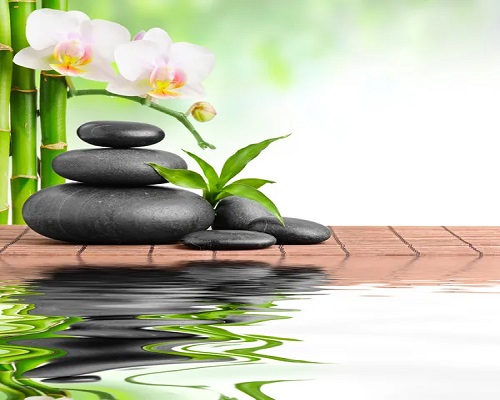In this blog post, we will explore some Ayurvedic techniques that can help you manage piles pain and find relief with the expertise of Dr. Vikash Kumar from Piles Cure Centre.

Are you struggling with piles pain and looking for natural and effective ways to find relief? Ayurveda, an ancient Indian healing system, offers various techniques to help alleviate piles discomfort. Known for its holistic approach to health and wellness, Ayurveda focuses on balancing the mind, body, and spirit to promote overall well-being. In this blog post, we will explore some Ayurvedic techniques that can help you manage piles pain and find relief with the expertise of Dr. Vikash Kumar from Piles Cure Centre. 1. Triphala: Triphala is a traditional Ayurvedic herbal formulation made from a combination of three fruits – Indian gooseberry, haritaki, and bibhitaki. Known for its mild laxative properties, Triphala helps promote healthy digestion and bowel movements, which can be beneficial for individuals suffering from piles. Consuming Triphala powder or tablets regularly can help prevent constipation and ease the symptoms of piles. 2. Buttermilk: Buttermilk is a probiotic-rich drink that can help improve digestion and relieve constipation, a common underlying cause of piles. Drinking a glass of buttermilk with a pinch of roasted cumin powder and black salt after meals can aid in digestion and promote bowel movement regularity. Incorporating buttermilk into your daily diet can help reduce piles pain and discomfort. 3. Ayurvedic herbs: There are several Ayurvedic herbs that are used to treat piles and promote healing. Some commonly used herbs include neem, triphala, aloe vera, and turmeric. These herbs have anti-inflammatory and antioxidant properties that can help reduce swelling, inflammation, and pain associated with piles. You can consume these herbs in various forms such as supplements, teas, or as topical applications for local relief. 4. Yoga and pranayama: Yoga and pranayama, the practice of controlled breathing techniques, are integral parts of Ayurveda that can help alleviate piles pain. Practicing specific yoga asanas such as Pawanmuktasana (wind-relieving pose), Bhujangasana (cobra pose), and Vajrasana (diamond pose) can help improve digestion, stimulate bowel movements, and reduce piles discomfort. Additionally, practicing pranayama techniques like Anulom Vilom (alternate nostril breathing) can help calm the mind, reduce stress, and improve overall well-being. 5. Dietary modifications: Following an Ayurvedic diet that is tailored to your body type (dosha) can also help in managing piles pain. Avoiding spicy, oily, and processed foods that can aggravate piles and opting for a diet rich in fiber, fruits, vegetables, and whole grains can promote healthy digestion and prevent constipation. Drinking plenty of water and herbal teas like ginger or chamomile can also help soften stools and ease bowel movements. In conclusion, Ayurveda offers a holistic approach to managing piles pain by addressing the root cause of the problem and promoting overall health and well-being. By incorporating Ayurvedic techniques such as herbal remedies, dietary modifications, yoga, and pranayama into your routine, you can effectively manage piles pain and find relief naturally. However, it is important to consult with a qualified Ayurvedic practitioner in Piles Cure Centre before trying any new remedies to ensure they are suitable for your individual condition.
\r\n